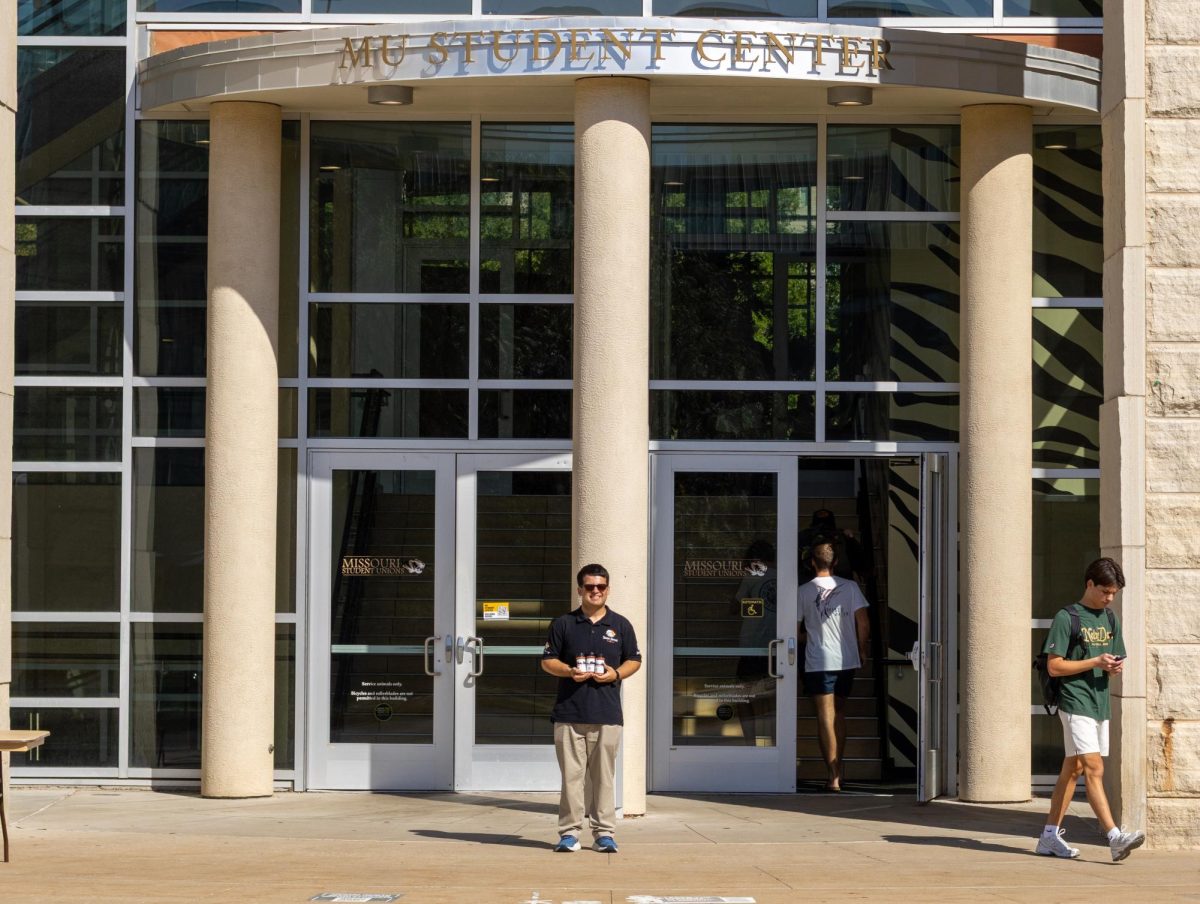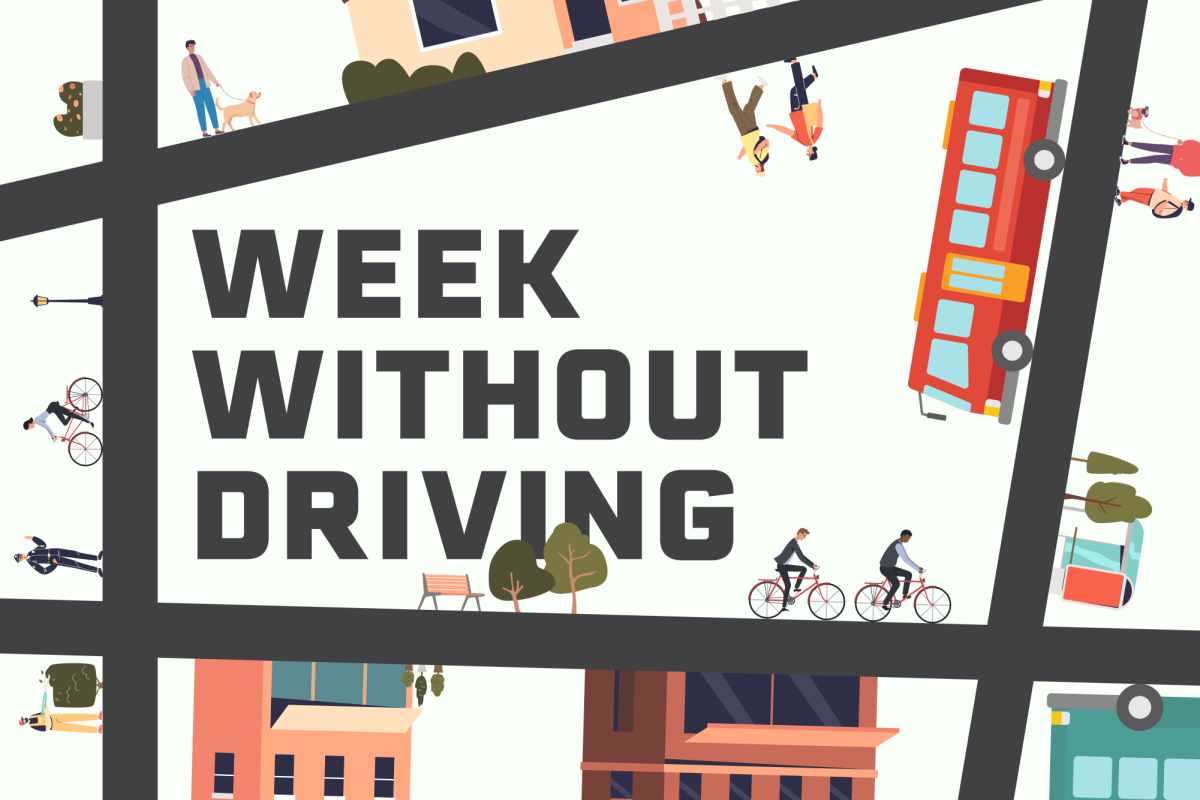You’re sitting at a table in Plaza 900… by yourself. A few of your friends walk in together. The group heads toward the seating area, and you smile and wave, confident they’re headed in your direction. You slow down on your salad, wanting plenty of time to chat. They’re getting closer. You’re just opening your mouth for a friendly greeting when they pass you, settling on a table slightly to your left. Your heart shatters into a million tiny pieces.
Everyone has experienced invisibility. Painful cafeteria scenes and wistful crushes are common to the human developmental experience, but the whole “no one sees you or cares, really” thing never loses its sting. It’s easy to feel lost in the crowd, especially considering we populate the earth with 7 billion others.
H.G. Wells epitomizes this distressing truth in his novel “The Invisible Man.” Wells’ tragi-comedy about a scientist gone astray is still around more than a century later because readers feel a poignant connection to its main character. “The Invisible Man” is less about the homicidal rages of a mad chemist and more about what makes the guy so homicidal in the first place: a desolate sense of anonymity.
Not that he starts out homicidal. Wells’ readers witness Griffin, said mad scientist, sliding down the slippery slope of instability until he lands firmly in the realm of the insane.
Griffin’s early career is promising, since he’s a genius and all. He spends his youthful years at university studying physics but is really only fascinated with the science behind invisibility. After several failed attempts, he finally works out how to turn animate objects invisible and decides to test his methods on the most obvious subject: himself.
Unfortunately, invisibility is a bit more than Griffin has bargained for. At first elated by the “freedom” that comes with being invisible, Griffin rapidly realizes that invisibility is more a curse than a blessing. His unusual state draws only gawkers and pursuers. He is driven from everywhere he seeks refuge. In no way does society seek to honor his scientific achievements (it’s not every day a young scientist puzzles out the secret to invisibility, right?). Rather than the acceptance he seeks, literal invisibility only isolates Griffin further.
Trapped inside his invisible body, he goes completely berserk. Hard as he tries, he cannot hope to coexist with a society of people who will never truly “recognize” him.
Griffin’s condition is a metaphor for the painful human condition of invisibility. The average person’s affliction is not quite as literal as Griffin’s, but that doesn’t make it any less severe.
On a campus of roughly 30,000 individuals, it’s difficult to feel like, well, an individual. The sense of ambiguity can be overwhelming, especially coming from an atmosphere of uniqueness, recognition and personalized guidance — namely, high school.
Anonymity swallows Griffin whole; he cannot bear a society in which his genius is ignored. He clings tight to the desperate, ironic hope that feats of invisibility will win him recognition.
In average cases, invisibility is a state of mind, not a state of being. Resign ourselves to invisibility, and we’ll surely go insane — feeling trapped inside our own heads is never _desirable_, per se.
We can work toward our own visibility. Not in the footsteps of Griffin (homicidal rages and drastic scientific endeavors are generally frowned upon), but by positively contributing to society. If we make our mark on the world, we won’t blend into the background.







